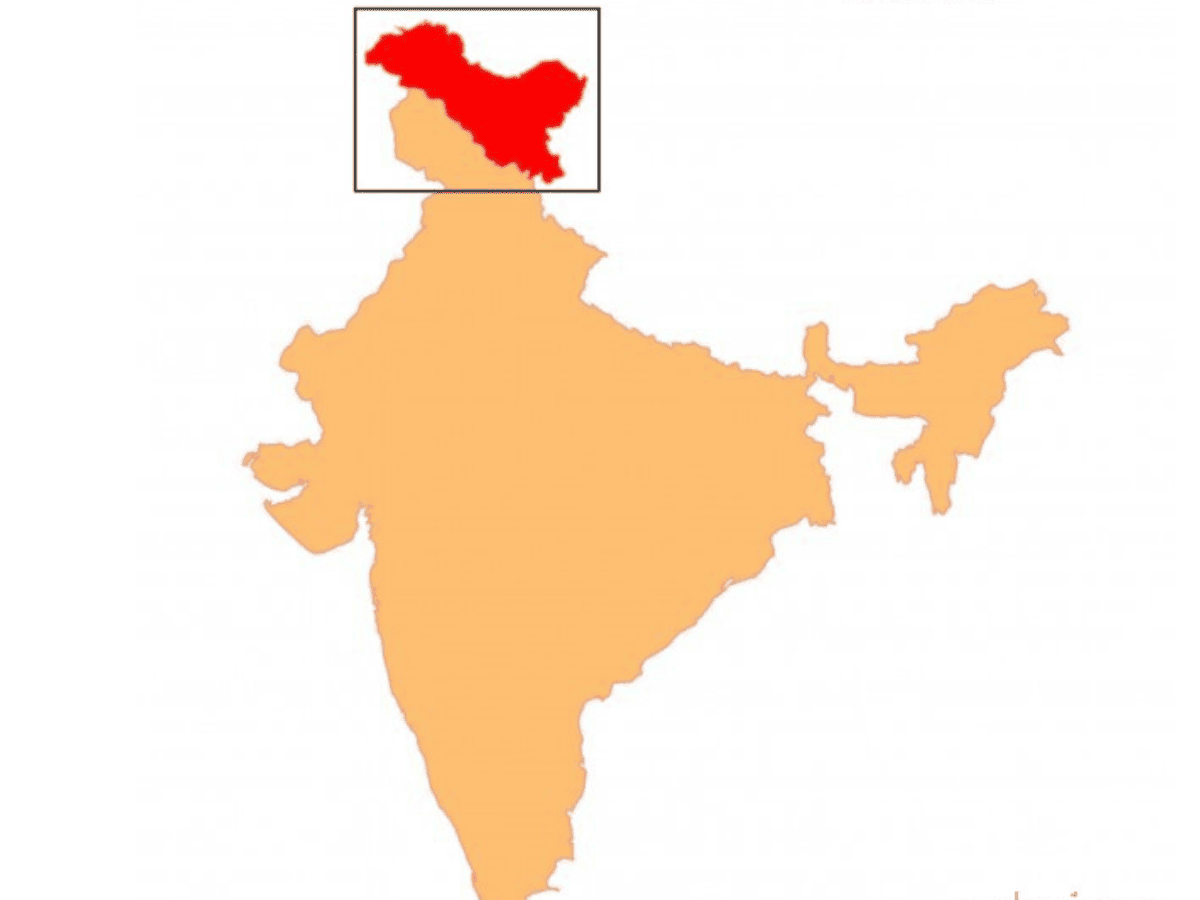
Ladakh Buddhists who have always been at the core of Indian nationhood and celebrated conferment of the Union Territory status to their region four years ago with unrestrained jubilation are on streets protesting against the lack of political engagement. They staged a massive rally on Saturday in Leh, the capital city of the region, demanding statehood and sixth schedule, demonstrating that they were not happy with the state of affairs.
In normal circumstances, and any other region, this would have been considered a normal thing. But Ladakh is not a normal region. It is one of the most strategically important regions in the country, where things have got extraordinarily complicated with Indian troops facing a tense standoff with Chinese troops for almost four years close to the Line of Actual Control, a loosely defined borderline between India and China.
The dialogue is on with the military commanders of China but the matters have not reached a point of resolution – that is the status of the troops as it existed in April-May 2020. The region also has borders with Pakistan and Pakistan occupied Jammu and Kashmir-in short Gilgit-Baltistan region across the Line of Control, and Siachen glacier reckoned as highest battlefield of the world.
In such a region, any element of anger and disaffection evokes natural concerns. The way Ladakhi Buddhists are being mobilized for the protest rallies, it raises additional concerns about the security of the region, which fits in one of the top slots of the national security. How else can one describe the region, which is surrounded by borders all along, and a place where China and Pakistan have a joint presence . China and Pakistan have invested heavily in Gilgit-Baltistan as their China-Pakistan Economic Corridor- the flagship of China’s Belt and Road Initiative ( BRI) passes through. The CPEC is a matter of strategic prestige, guided by the mutual economic benefits for Beijing and Islamabad, and it all starts in Gilgit-Baltistan under the illegal occupation of Pakistan. The developments across the LAC and LoC are discomforting and rife with dangerous portents.
The government of India has taken cognizance of the concerns of the Ladakh region and the men who are leading the agitation. Delhi has sought to open dialogue with the leaders of the region and promised to look at their demands with reason and compassion. But the effort has moved in a halting manner. There is a gap between the dates for dialogue. These gaps create misunderstandings.
It was almost three years ago that an Apex Committee of Ladakh’s two districts – Leh and Kargil – representing Buddhists and Muslims – was promised that their grievances would be listened to and redressal delivered. The things lost pace.
The apex committee is insisting on statehood for the region which is spread over 59,000 sq. km. It is sparsely populated. The total population as per the 2011 census was close to 2,75, 000. The Muslim dominated Kargil district had a slightly more population with 1, 40,000 plus people, while Buddhist dominated Leh staggered at 1,33,000 plus. the two districts were at loggerheads. Kargil people were more inclined to Kashmir, while Leh looked toward Delhi for deliverance. The communal overtones of the two districts however have faded in the last couple of years. There is a convergence of ideas on political, socio-cultural goals. That is good for the health of the region, as communal harmony impacts places with positive vibes.
The demands are four-fold; statehood, grant of sixth schedule, two parliamentary seats and employment for locals. While the statehood demand and two parliamentary seats are frills, the main focus is on the sixth schedule that guarantees constitutional safeguards to the tribes, language, traditions and culture. The youth is frustrated as they find that their chances of employment have shrunk ever since their region got UT status in 2019. The guarantee for jobs for locals has faded. There has not been any recruitment for the past four years, and this has brought the youth on to streets. This is something that the government cannot afford to fester.



